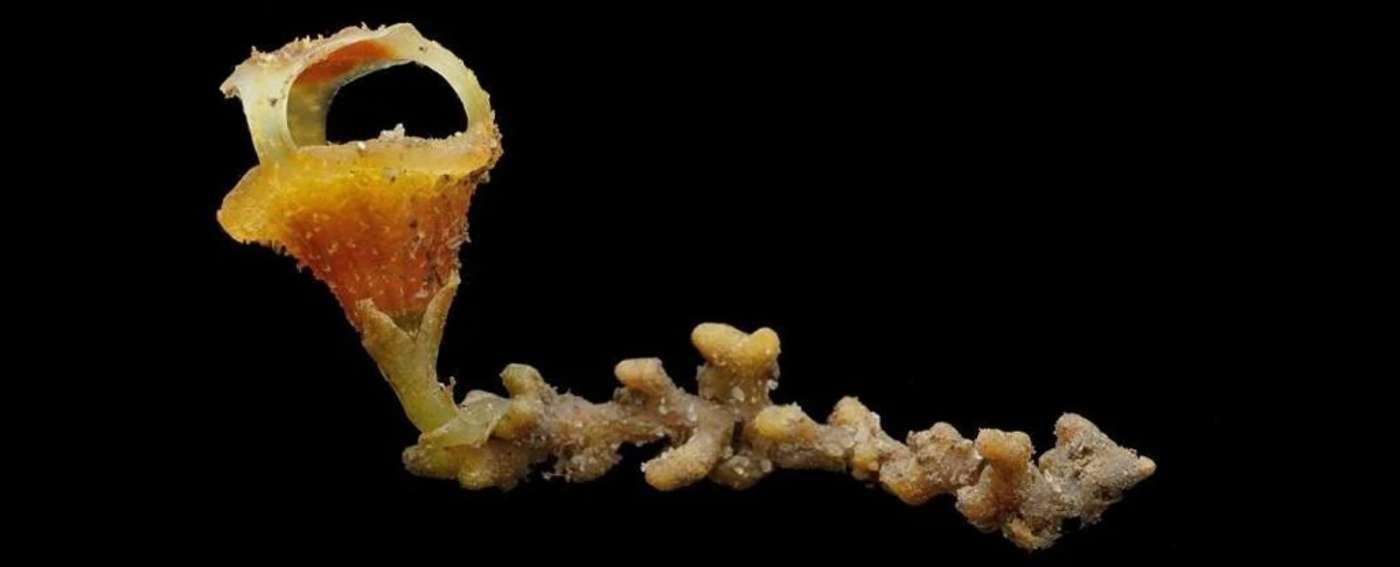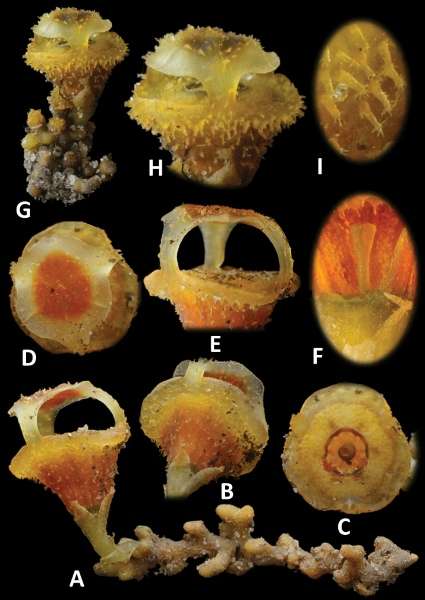Norway Closes Down Its Last Arctic Coal Mine and Transforms Land into Giant National Park
Following the coal moratorium on Svalbard, a large mine is being dismantled so the area can be turned into a giant arctic national park.

So-called ‘fairy lanterns' are among the most extraordinary-looking of all flowering plants.
These curious, leafless plants (genus Thismia) grow in the darkest depths of remote rainforests where they are seldom seen.
There are some 90 species worldwide, distributed across the forests of Asia, Australasia, South America, and the USA. They all lack true leaves and chlorophyll, obtaining their food from root-associated fungi shared with other green plants.
Their mysterious flowers emerge just briefly, and often under leaf litter, so few people are lucky enough to encounter them.
Scientists at Oxford and in Malaysia have just described a species of fairy lantern completely new to science.
It was first discovered by rainforest explorer Dome Nikong in 2019 who, astonishingly, found the plant growing along a popular tourist track on Gunung Sarut, a mountain located in the Hulu Nerus Forest Reserve in the state of Terengganu.

In February of 2020, Dome Nikong was joined by a team of botanists including researcher Siti-Munirah. To their dismay, the only known ‘fairy lantern' plants had been destroyed by wild boars except for a single fruiting specimen.
Examining the little material collected from the two trips, Siti-Munirah and Dr Chris Thorogood, Head of Science for Oxford Botanic Garden and Arboretum, were able to describe and illustrate the new species.
They examined the architecture of the flower—its shape, color, and surface characteristics. They found that it has a unique and peculiar orange, lantern-like flower with pillars holding up a so-called ‘mitre'—an umbrella-like structure, the function of which is a mystery.
Together, the scientists named the plant Thismia sitimeriamiae after Dome's mother Siti Meriam, honoring the support she has given his life's dedication to conservation work in Terengganu, Malaysia.
The plant's unique and remarkable ‘mitre', color, and surface texture make Thismia sitimeriamiae among the most eye-catching plants ever described from Peninsular Malaysia.
Dr Chris Thorogood says, "The extraordinary architecture of the flower raises interesting questions about how it is pollinated.
Other species appear to be visited and pollinated by little fungus gnats, but in truth, we know little about the ecology of these plants—they are a mystery. What is certain is that the plant is exceptionally rare—it has only been seen twice. The conservation status of the plant is Critically Endangered (CR) according to IUCN criteria.
The scientists recommend in their paper, published in the journal Phytokeys, that further survey work is needed to bring fairy lanterns out of obscurity and inform the conservation priorities for these mysterious plants.
(WATCH the botanists on their adventure below.)
Source: University of Oxford
SHARE This Fascinating Story From the Rainforest With Friends…
Be the first to comment